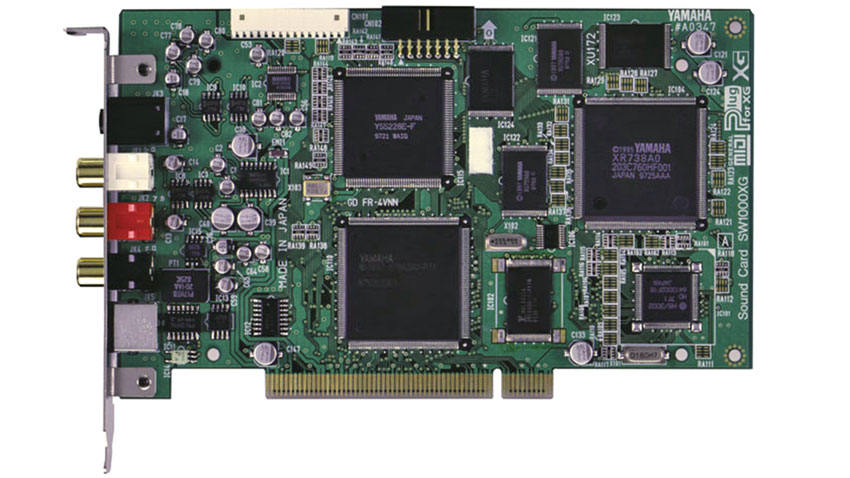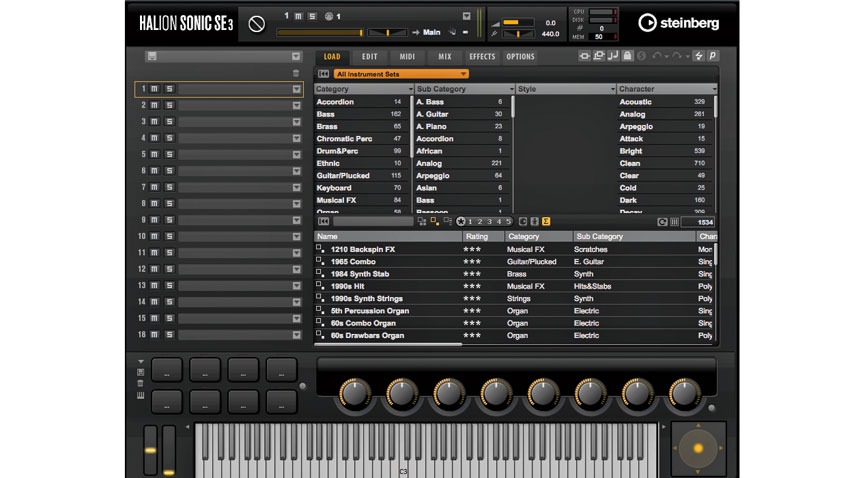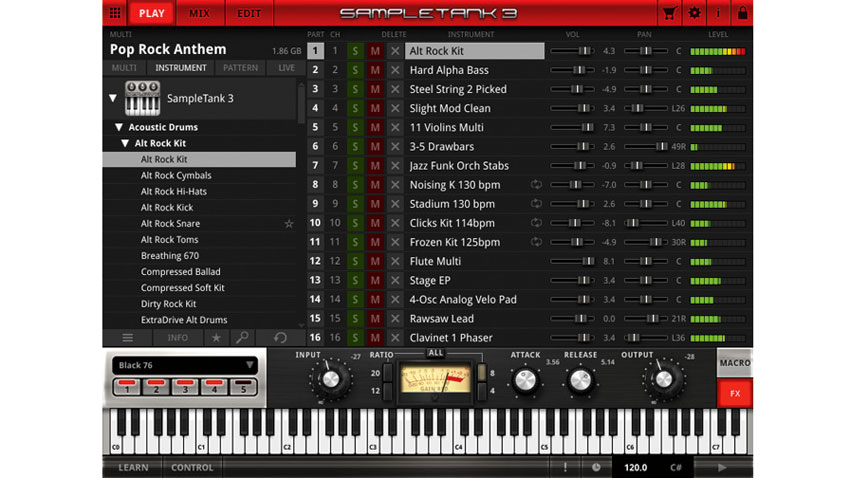Blast from the past: Yamaha SW1000XG
Computer music production hit its adolescence in 1998, and Yamaha’s high-end soundcard was a serious alternative to owning a studio full of hardware...

Way back at the end of the 20th century, desktop production was a relatively new, exciting, and - most of all - confusing pursuit. Computers had generally been used in tandem with hardware MIDI or audio devices, so the idea of ‘native’ software instruments was relatively new, and generally relegated to offline processes.
Full compositions required studios of MIDI synths and samplers, and professional quality audio recording was primarily relegated to, well, professionals. The rest of us had to make do with substandard consumer interfaces to get sound in and out of our machines. That all changed in 1998 with the introduction of two PCI sound cards: the consumer-oriented Soundblaster Live! and Yamaha’s SW1000XG.
There’s no denying that the relatively inexpensive and wildly popular Soundblaster Live! was the interface that ushered in an entire generation of desktop producers, offering 16-bit, 48kHz converters and the ability to play back samples. It even hosted a couple of simple effects. However, those looking for a more professional solution would find one in the no-compromise SW1000XG. Released alongside Yamaha’s impressive DSP Factory (essentially, their entire high-end O2R mixer on a card), the SW1000XG was the synth lover’s alternative, offering up a fully-loaded XG (Extended General MIDI) synthesis engine, a 12-channel mixer, five effects processors (with 70 effects from which to choose!) and the ability to fold its own master output back into the mixer without leaving the digital realm. None of this power was drawn from the host computer’s CPU.
Full compositions required studios of MIDI synths and samplers, and professional quality audio recording was primarily relegated to, well, professionals.
It was the powerful built-in XG synth that gave Yamaha’s card the edge (no pun intended). A fully-loaded ROMpler with 1200 presets and 46 drum kits stuffed into its 20MB ROM, it provided more than enough fodder for entire compositions. The internal synth engine could be edited with optional software, and if that wasn't enough, there was a slot for adding one of Yamaha’s slick PLG daughterboards. These cards came in a variety of flavours, including a full six-op, DX-style FM synth, a VL card that drew upon Yamaha’s acoustic modelling tech, an AN1X-style virtual analogue synth, and even a vocoder. What’s more, they provided their own DSP, thus taxing neither the host computer’s CPU nor the SW1000XG’s.
While the Soundblaster series evolved from the needs of gamers, the SW1000XG was designed from the ground up for musicians. This is an important distinction. While there had been interfaces aimed at pro recording, the Yamaha was clearly intended for the process of actually making music.
Its days were clearly numbered, though. Within a year of its release, Steinberg would update its VST plugin format to allow the creation and use of virtual instruments. Soon, users would have access to all manner of high-quality synths running natively on their computers. SW1000XG owners could, for a while, outdo them in terms of polyphony and sound quality, but eventually even die-hard XG fans would be aged out as their obsolete operating systems were abandoned by Yamaha’s developers.
Three great SW1000XG substitutes

Steinberg HALion Sonic 3
Want all the hottest music and gear news, reviews, deals, features and more, direct to your inbox? Sign up here.
HALion Sonic is the obvious answer to those looking for a modern take on the Yamaha ROMpler. With the help of Yamaha’s sound design team, Steinberg have crammed it with over 3200 patches, combining them with a built-in mixer and a slew of effects processing. This is a multitimbral monster!
Read more about Steinberg HALion Sonic 3

IK Multimedia SampleTank 3
IK were among the first to bring the ROMpler concept into the modern age with their SampleTank plugin. Now in its third major incarnation, it serves both as a collection of excellent sounds as well as a storefront from which commercial sounds may be bought. Variations of the instrument abound, and users can get a taste with a freebie.
Read IK Multimedia SampleTank 3 review

Sonic Cat Ravity
An oldie but a goodie, Ravity is an attempt to provide an old-school ROMpler in a small, efficient package, it’s clear the developers were fans of Yamaha’s XG series of hardware synthesisers, as evidenced by some of the onboard samples. It still sounds decent, despite its age and, unfortunately, 32-bit code. Windows only.


Computer Music magazine is the world’s best selling publication dedicated solely to making great music with your Mac or PC computer. Each issue it brings its lucky readers the best in cutting-edge tutorials, need-to-know, expert software reviews and even all the tools you actually need to make great music today, courtesy of our legendary CM Plugin Suite.
